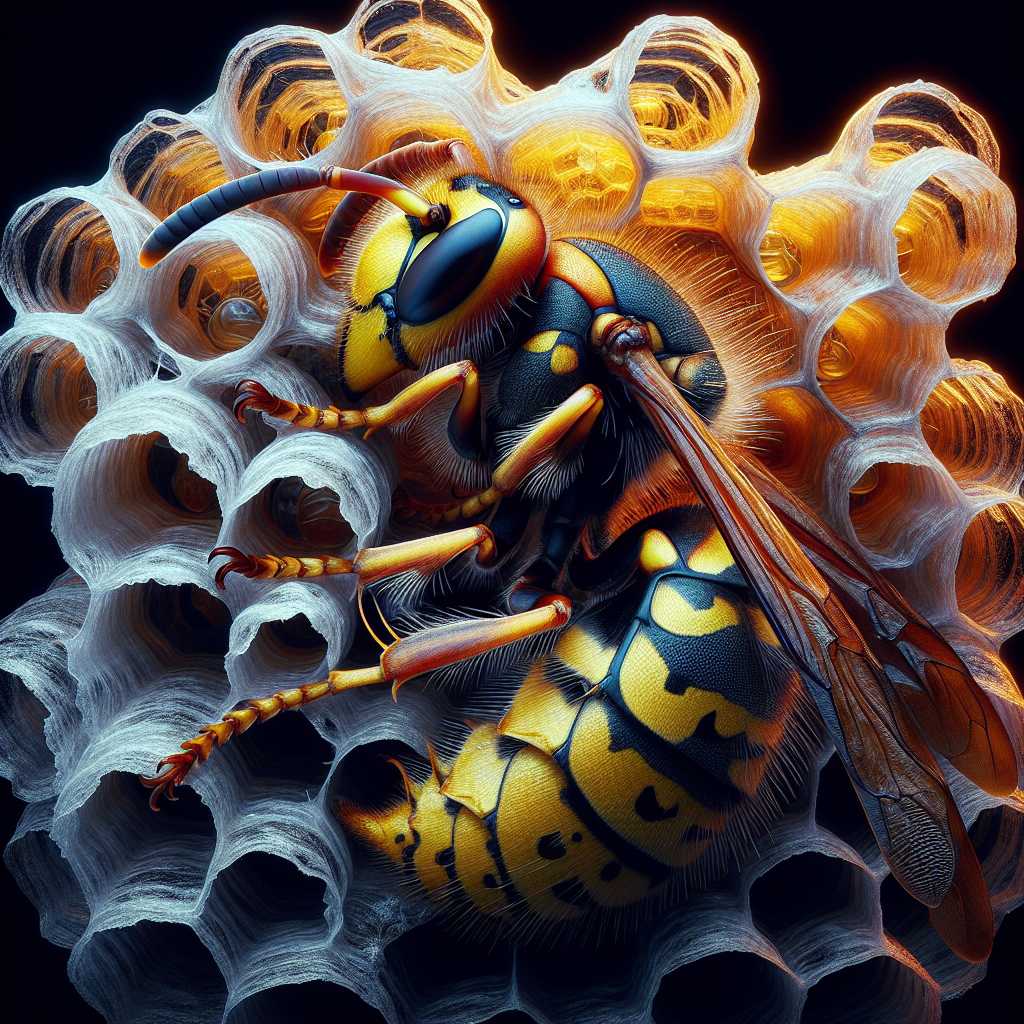Unveiling the Intriguing World of Hornets: Understanding Their Roles and Behaviors
Hornets are a unique group of wasps that command both intrigue and fear due to their striking presence and reputation. Today, we delve into the complexities surrounding these fascinating insects, exploring their classification, habitats, lifecycle, and ecological importance while acknowledging the challenges they can present to humans.
Classification and Characteristics of Hornets
Hornets belong to the family Vespidae, which also includes common wasps and yellowjackets. The term ‘hornet’ is often used to refer to species in the genus Vespa, which are the true hornets, though some regions may colloquially refer to other vespid wasps as hornets. These insects are characterized by their sizable bodies, with queens often exceeding 2 inches in length, robust mandibles, and a distinct striped pattern that can range from yellows to browns against a black backdrop.
Noteworthy among them is the Asian giant hornet (Vespa mandarinia), sometimes referred to as the ‘murder hornet’, which has received media attention due to its invasive potential and potent sting.
Habitats and Distribution
Hornets have adapted to a variety of climates and environments across the globe. Though they predominantly nest in forests and rural areas, you’ll occasionally find them building their abodes in suburban settings. Hornets eagerly take advantage of tree hollows or underground burrows for their nests, yet they aren’t shy about suspending their impressive paper-like structures from buildings or other sturdy substrates.
Their presence is significant throughout Asia, Europe, and Africa. Notably, worries have surfaced in North America over the introduction of non-native species like the Asian giant hornet, which threatens local ecosystems.
The Lifecycle and Colony Dynamics
A hornet colony begins in spring with a sole queen who survived the winter. She embarks on establishing a nest where she lays her first batch of eggs. These eggs give rise to workers who take over nurturing duties, expanding the nest and caring for subsequent generations.
Over spring and summer, this cycle repeats until the colony is bustling with activity consisting mainly of female workers. In late summer, males and new queens emerge. Fertile queens mate before seeking out secure spots to overwinter.
Feeding Habits and Diet
Despite their fearsome reputation, hornets play a significant role as predators keeping pest populations in check. They’re particularly voracious regarding insects like caterpillars—pests that challenge farmers and attack crops. Alongside their carnivorous cravings for other insects, hornets are also known to include a mix of fruit juices and other sugary substances in their diet.
But it is this same varied diet that can lead them to human encounters, especially when sweet foods or drinks attract them to picnics or outdoor events.
Ecological Importance
Undoubtedly, hornets contribute immensely to the ecosystem balance. They serve as pollinators albeit less effectively compared to bees; maintain insect populations at bay protecting crops; and even their nesting behaviors contribute organic material when nests decompose.
Challenges in Human-Hornet Coexistence
Interactions between humans and hornets are not without complications. The insects’ ability to muster aggressive defenses when threatened can pose risks to individuals haplessly infringing upon their territory—an issue especially pertinent for allergic persons. Moreover, as non-native species establish themselves in new areas, they can disrupt local ecosystems and economic situations—for instance, by out-competing native pollinators or harming beneficial insect populations.
